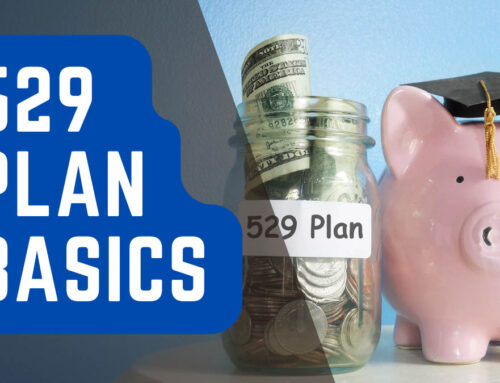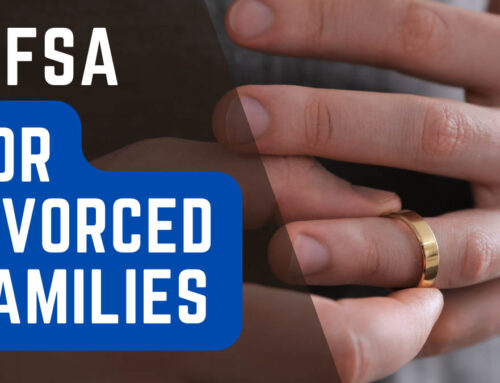Filing the FAFSA and not sure what to do? We have been there too. Assisting four children through college means filing the FAFSA four times, so we would like to think we have gained some expertise in federal financial aid.
We didn’t know what we didn’t know.
We want to help your family avoid the missteps we took and hopefully save your family thousands of dollars in the process.
Like many, I felt filling out the FAFSA was an exercise in futility. Many families, mine included, did not feel we would qualify for financial aid so why bother? The FAFSA is only the first step in this process. However, the future potential benefits of the financial aid process rely on this very important first step.
We put together a few Do’s and Don’ts to help your family through the FAFSA filing process AND hopefully earn your student more financial aid along the way.
Do…
– Remember who is parent ‘Parent 1’ and ‘Parent 2.’
Keeping these titles straight is important when FAFSA is evaluating each individual’s contributions to your family’s income. Mixing these up may result in receiving less government money.
– List 529 plans under the parent’s assets.
529 plans are assets of the parents, not the student! In the calculation for EFC (expected family contribution), student assets are weighted heavily. The less student assets, the lower the EFC for your family.
The FAFSA opens nationally on October 1st for high school seniors. Filing early helps your chances of your student receiving financial aid!
– Print a confirmation page after submitting your FAFSA.
This is your proof that you filed your FAFSA on the date you submitted it. In the event there are any problems with it in the future, you can reference when and which schools you submitted your application. This confirmation will also tell you your family’s EFC.
Don’t…
– Use the IRS data retrieving tool offered on the FAFSA online form.
When using this tool, you cannot see the amounts entered from the data field… scary! There’s no way to confirm that the data it pulled matches the data on your tax form. While entering data manually takes a little longer, it’s worth ensuring your information is accurate.
– Include retirement savings on your FAFSA.
This is one of the biggest mistakes parents can make and can really hurt your chances of receiving financial aid. This includes rollovers from your IRA and 401k accounts.
These are NOT assets you need to claim on your FAFSA.
– List your primary home as an asset.
FAFSA does not require you to list your primary home as an asset. Leaving this off your application will aid the EFC calculation to generate a lower number.
Preparing yourself and your family for the FAFSA is a wise college planning move and can save your family thousands of dollars. It not only determines how much federal aid your student qualifies for, but also informs the colleges your student is applying to of your family’s financial background.




